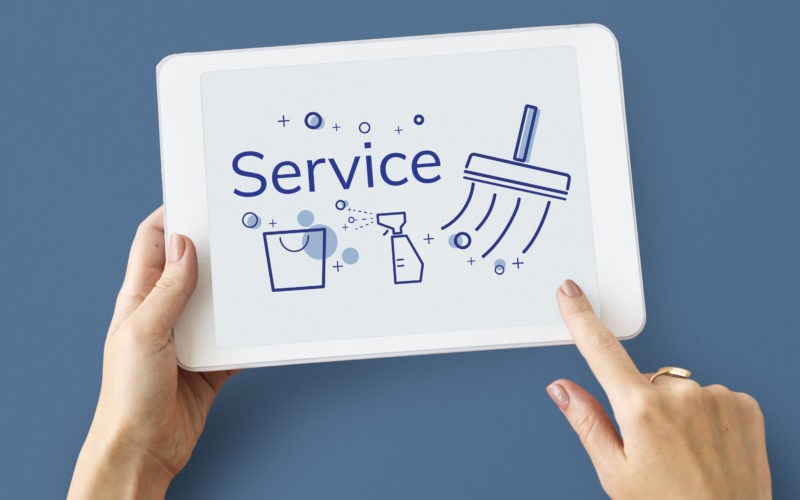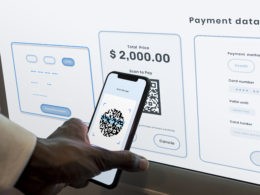Discovering fraudulent activity on your checking account can be a jarring experience. Whether it’s an unauthorized debit card transaction, a mysterious withdrawal, or a series of small, unexplained charges, the feeling of vulnerability is immediate. Taking swift and decisive action is crucial to minimize financial loss and protect your identity.
Immediate Steps to Take:
- Contact Your Bank Immediately: This is the most critical step. Call the customer service number on the back of your debit card, or visit your bank’s website for their fraud hotline. Explain the situation clearly and concisely, providing details of the suspicious activity. The sooner you report the fraud, the better your chances of recovering your funds.
- Review Your Recent Transactions: Scrutinize your online banking activity or paper statements for any unfamiliar transactions. Look for patterns, recurring charges you don’t recognize, or withdrawals that don’t align with your records. Note the dates, amounts, and merchant names of these suspicious activities.
- Change Your Online Banking Credentials: If you suspect your online banking account has been compromised, immediately change your username and password. Opt for a strong, unique password that you don’t use for other online accounts. Consider enabling two-factor authentication for added security.
- Freeze or Cancel Your Debit Card: If you suspect your debit card has been stolen or compromised, ask your bank to freeze or cancel it immediately. This will prevent further unauthorized transactions. You may need to request a new card.
- File a Police Report: While not always required, filing a police report can be helpful, especially if you have suffered significant financial loss. This provides a formal record of the fraud and may be required by your bank for certain claims.
- Monitor Your Credit Report: Fraudulent activity on your checking account can sometimes be linked to identity theft. Obtain a free copy of your credit report from AnnualCreditReport.com and review it for any unauthorized accounts or inquiries.
- Keep Detailed Records: Document everything related to the fraud, including dates, times, names of bank representatives you spoke with, and any reference numbers provided. Keep copies of any correspondence with your bank and the police.
Preventing Future Fraud:
While you can’t eliminate the risk of fraud entirely, you can take steps to minimize it:
- Regularly Monitor Your Account: Check your online banking activity or paper statements frequently. Early detection can limit the damage.
- Be Cautious of Phishing Scams: Be wary of emails, text messages, or phone calls requesting your personal or financial information. Legitimate banks will never ask for your password or PIN.
- Secure Your Debit Card: Never leave your debit card unattended, and be mindful of where you use it. Cover the keypad when entering your PIN.
- Use Strong Passwords: Create complex, unique passwords for your online banking and other financial accounts.
- Consider Account Alerts: Set up alerts for specific transactions, such as large withdrawals or foreign transactions.
- Keep Software Updated: Ensure your computer and mobile devices have the latest security software and updates.
- Be Careful with Public Wi-Fi: Avoid accessing your online banking or sensitive financial information on public Wi-Fi networks.
The Role of Online Banking and Account Security
The convenience of online banking comes with the responsibility of safeguarding your information. When you bank online, ensure you are doing so with a reputable institution that employs robust security measures. Look for features like encryption, multi-factor authentication, and fraud monitoring.
Many modern banks, particularly those that allow you to open a bank account online, have advanced fraud detection systems in place. These systems can identify unusual transaction patterns and alert you to potential fraud. However, it’s still essential to remain vigilant and proactive in protecting your financial information.
By taking these steps, you can significantly reduce the risk of fraud and minimize the impact if it does occur. Remember, swift action and clear communication with your bank are crucial in resolving any fraudulent activity on your checking account.












